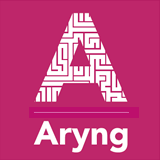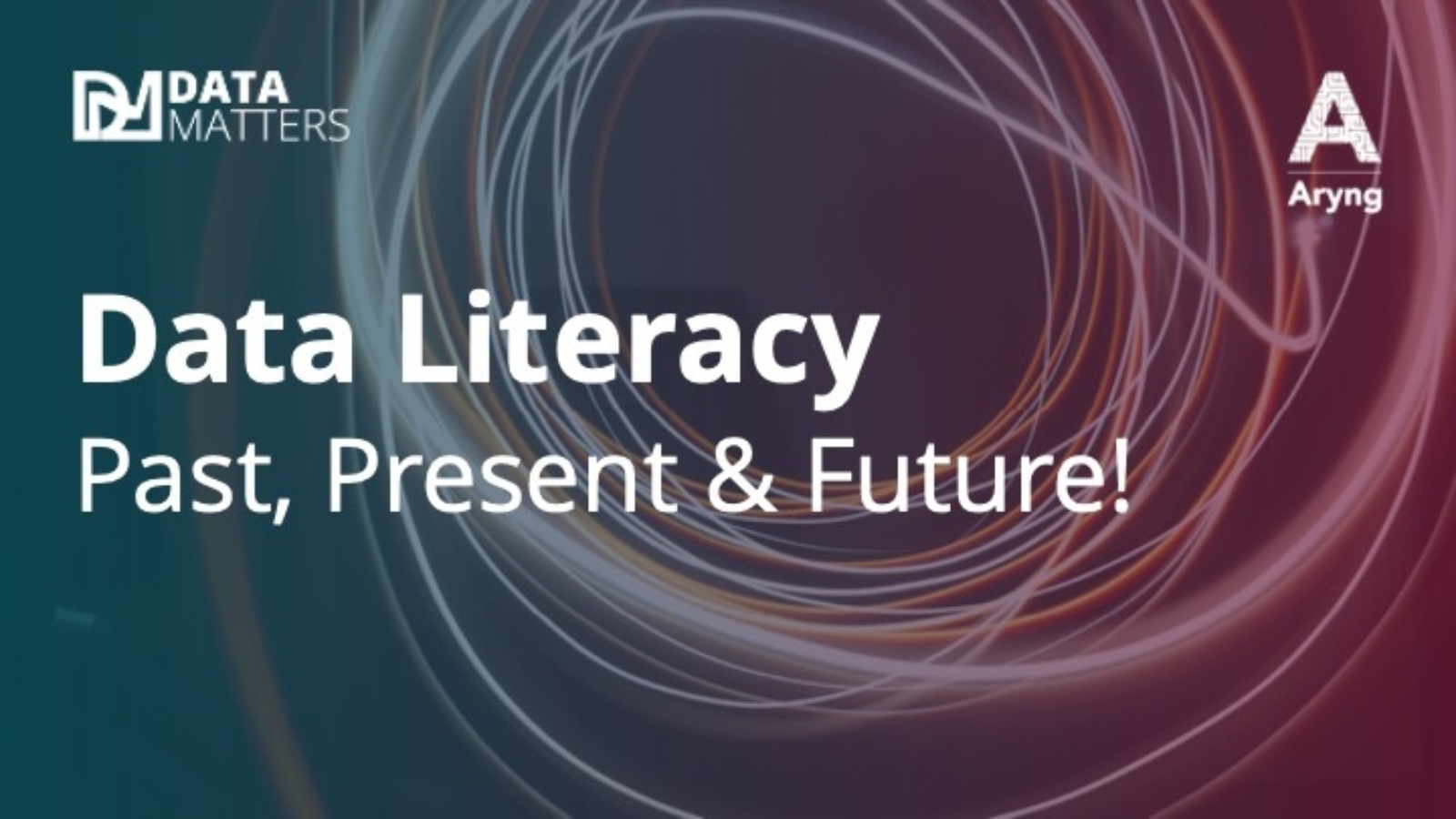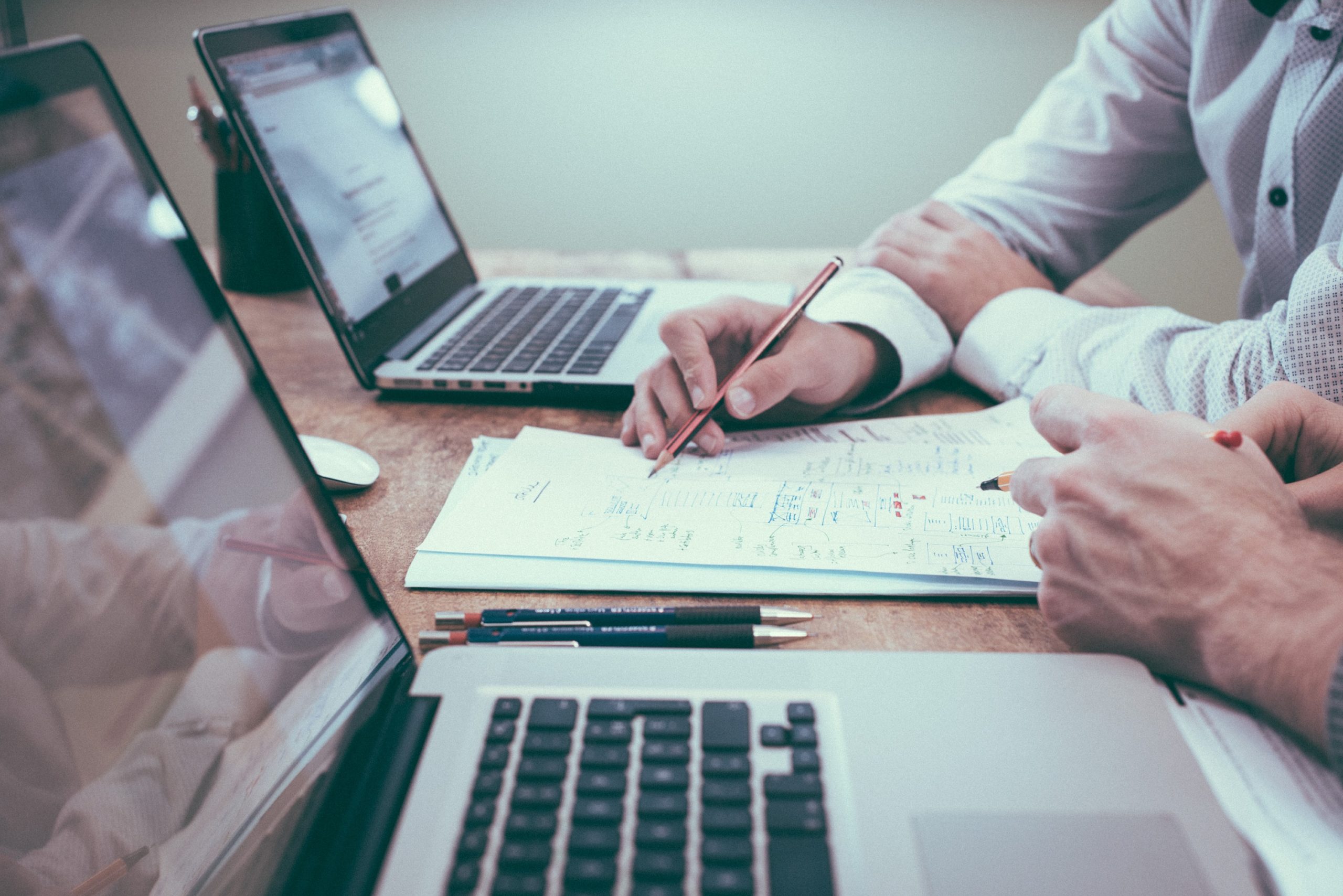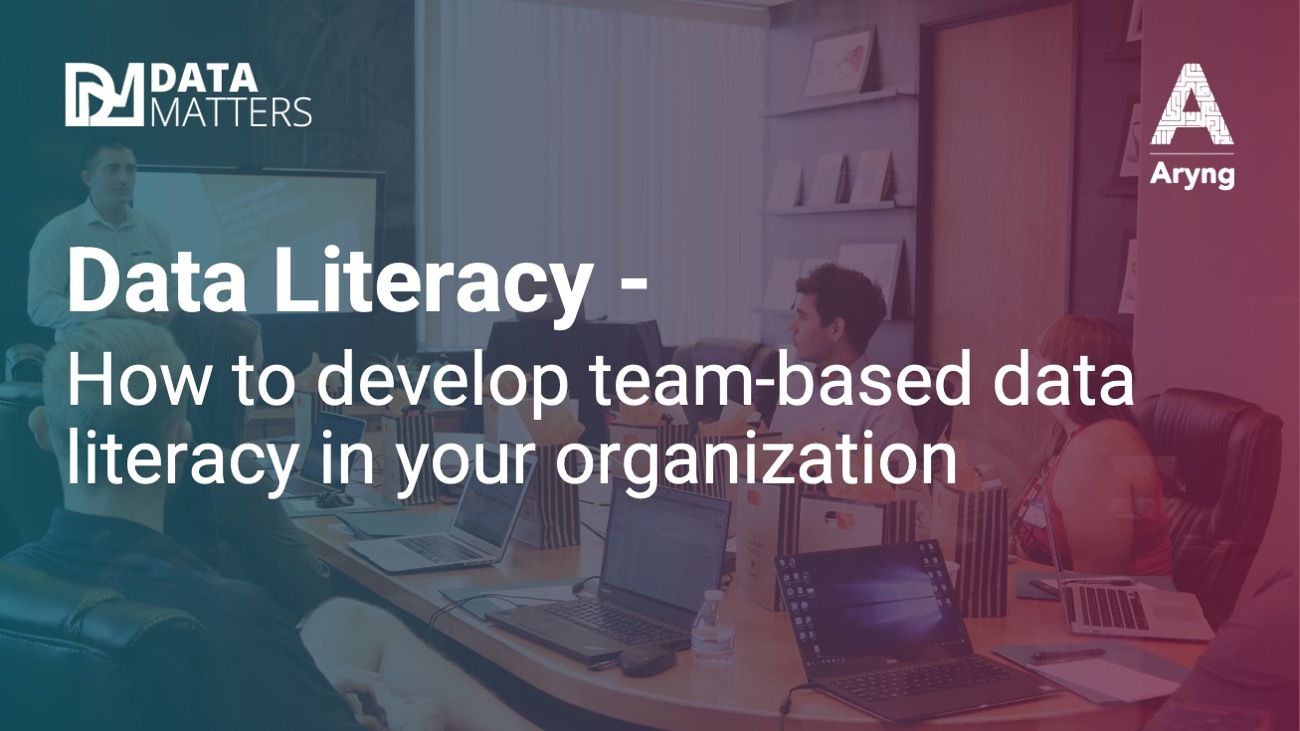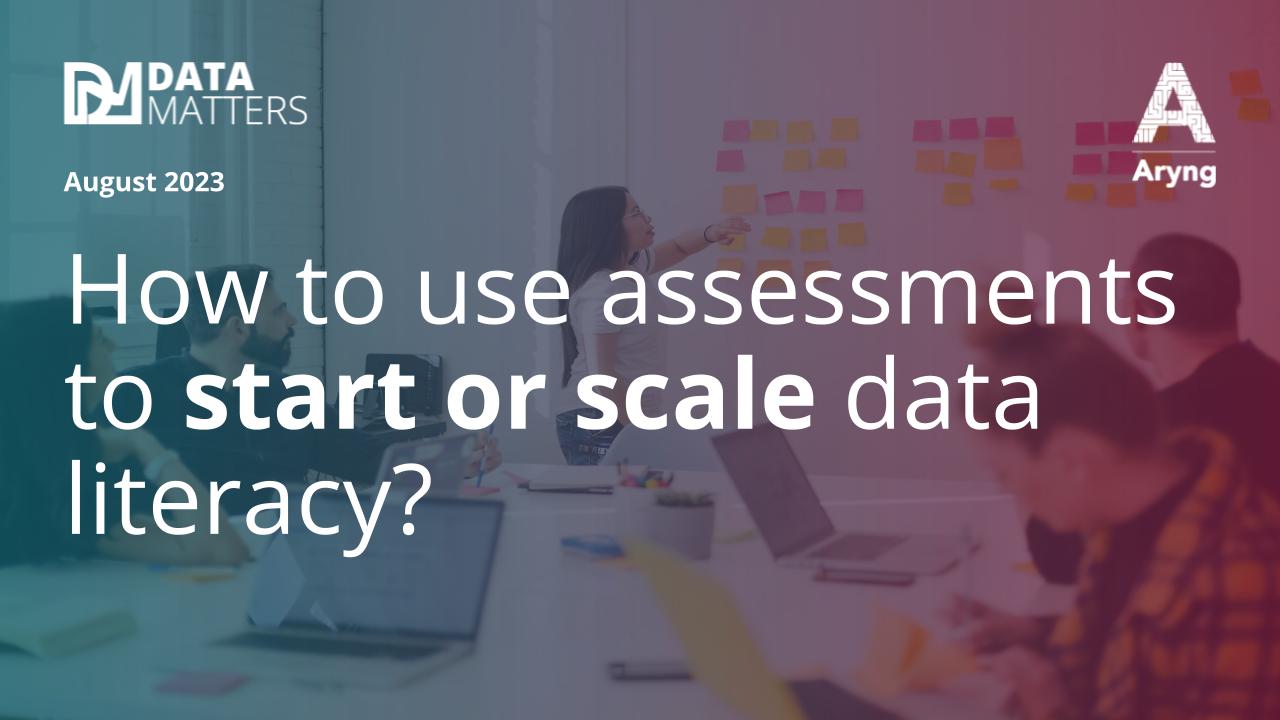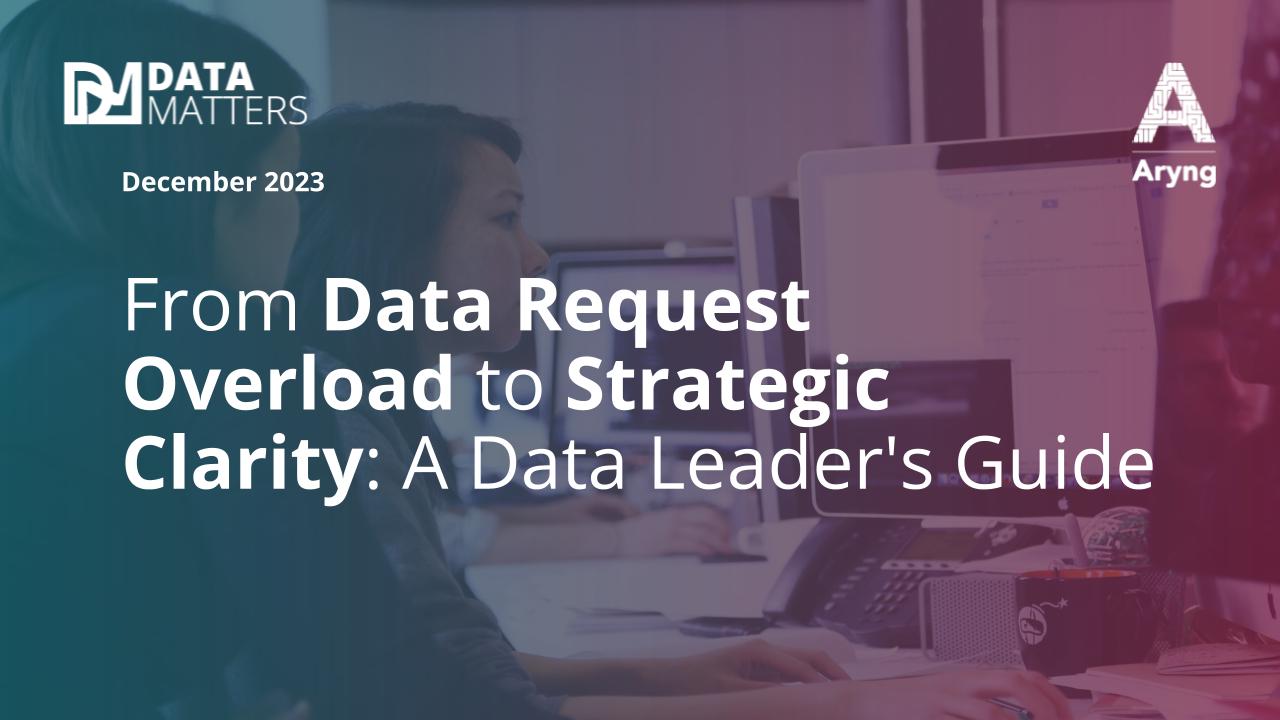For several years, executives and leaders have called data and analytics a core skill and top priority. But, the reason and expectations have dramatically changed over time. It helps to understand the past to see where enterprise data literacy is going and what it means to your organization’s data literacy initiative.
At a glance, what changed and when:

A closer look at the past, present, and future of data literacy
Data Literacy at the enterprise level got its start around 2015.
- Why data literacy mattered: Forward-thinking leaders saw the potential power of data. The growing stability of tools like Tableau and Power BI meant people beyond the data team could use valuable data.
By 2019, the data analytics application market was already $23 billion*. Business leaders invested with the promise of productivity gains, making data more manageable for users and governance for IT.
Data analytics remained the responsibility of the analytics and data science team. Only the most innovative companies were using data to unlock real business value on the revenue side.
- Who sponsored data literacy: IT took the lead. They could see the benefit of having a source of truth, data governance, and early days of a modern ecosystem. But it was hard to make data literacy stick because the business needed to see the value.
Business leaders saw analytics as something done only by data scientists. Functional managers saw business intelligence (BI) tools as a way to get spreadsheets off their desktops and a more efficient way to generate monthly reports for leaders.
- How did they define data literacy: Around 2018, a definition of data literacy emerged – the ability to read, write, and communicate data in context. It was meant for everyone in an organization. Variations of the definitions came along, but the meaning and intent remained the same.
- Training: the focus was on how to use new BI applications and read different types of charts. Courses were all very technical.
Tools continued to push data literacy forward. But without clear business benefits, most of these initiatives began to lose momentum. Even the BI tool companies realized their clients didn’t know how to use data for analysis and insights.
Internal data analytics teams did not have the capacity to train or mentor at scale. So, the Data Literacy leader/manager role was created to drive new responsibility, accountability, and training investment decisions.
Present 2020-2022
New Data Literacy initiative leaders got the job title and the mandate to take data literacy enterprise-wide. The focus seemed to swing from one extreme to the other, from selected users to everyone while the general definition of data literacy stayed the same. Storytelling skills became more popular.
By 2020, The “train everyone” mandate resulted in learning plans that went a mile wide and an inch deep, causing the data literacy training market to explode**. Hundreds of millions of dollars were spent to baseline skills through assessments and to buy online training libraries.
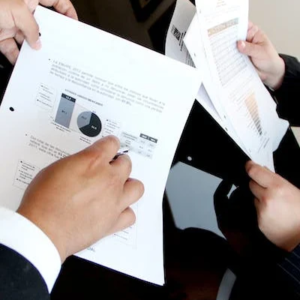 The primary indicator of success was hours of training completion. The training was still very technical. Employees learned to read charts, understand basic statistics, visualize data, and use tools.
The primary indicator of success was hours of training completion. The training was still very technical. Employees learned to read charts, understand basic statistics, visualize data, and use tools.
When asked if their initiative had changed decision-making, 90% of leaders said it had failed, according to a 2021 Gartner study on Data Literacy. Employees acquired knowledge and awareness but needed to learn how to apply it daily. Companies that connected data literacy to their business goals saw the most success.
For many, Data Literacy for all has achieved buzzword status. Business leaders are still waiting to see the value or impact.
What is next for Data Literacy? Future 2023 and beyond
Consider these predictions:
- By 2024, companies that lack an analytics framework will have their initiatives set back by two years.***
- By 2025, greater adoption of technology will require upskilling 50% of employees in these top 10 skills ****
- By 2026, employees will be users of your company’s data analytics ecosystem. A new decision-making process will incorporate much higher levels of automation.***
So, what needs to change now?
- First, the “why”: the definition of data literacy must be all about business impact and your company’s data strategy. Your definition will drive your outcome. At Aryng, our definition has always been “to create new business value through data,” and our training is designed for it.
- Second, the “who”: expect data literacy initiatives to come through different c-suite executives and functional leaders like marketing, product, operations, and risk. They will expect training to be highly relevant to their group. Customized skills assessments and learning will include industry and function-specific examples, case studies, and hands-on projects. Content will be a mix of technical, professional, and business acumen.
- Third, the “what and how”: the analytics framework, or process, becomes a learning imperative. Today, employees are not taught how to actually do analytics in their day-to-day jobs.
A good framework shows them when and how to combine professional skills like critical thinking and decision-making with technical analytics skills to get insights that lead to impact. Their training needs to have a hands-on, practical application component.
This experience is what changes mindset, breaks down siloed thinking, reinforces governance, and creates a common language for how to do analytics that leads to insights. Business impact becomes the measure of success for data literacy initiatives.

BADIR is Aryng‘s analytics framework. It is the only proven framework that combines data analytics with professional l skills to deliver business results. It works for the beginner and the expert analyst and 82% of students say the BADIR framework is the most valuable part of their analytics training.
Key takeaways:
At Aryng, we have partnered with companies since 2015 on business value-led, hands-on data analytics at scale. This is how you can do it in 2023:
#1 What: The business value must be a clear driver for data literacy to stick.
How: Executives or business leaders need to be engaged in data literacy plans and aligning priorities. Define what data literacy means to your business.
#2 What: Business leaders must set analytics priorities for their function and across functions or risk delays in project funding due to a lack of a data strategy.
How: Leaders can learn how to compete on analytics and set the agenda for their group.
#3 What: Teach people how to do data analytics that leads to insights. Change mindsets, at scale.
How: Provide hands-on learning using a proven data analytics framework like BADIR that leads to business impact.
Train cohorts of function-specific “Citizen Analysts” who become your internal change agents. Improve trust in new data sources as they use them on their projects.
#4 What: Training that is relevant.
How: define skills aligned to business goals and customize functions and role-specific assessments. Incorporate training content showing relevant examples and case studies from your Citizen Analyst cohort projects.
Conclusion
The stakes are high, and the pace of change will be 5X faster going forward. Companies don’t have another nine years to find out if check-the-box training is effective.
The good news is that you can adopt of modern data literacy approach today.
Are you ready to take your current data literacy initiative to the next level? How do you start a data literacy initiative today that prepares your employees for what is coming?
We at Aryng would like to partner with you.
*Data Analytics Market growth projections
** Crunchbase reports on data analytics training company growth 2019-2021..
*** Gartner’s 100 data and analytics predictions through 2025
